10 Jul
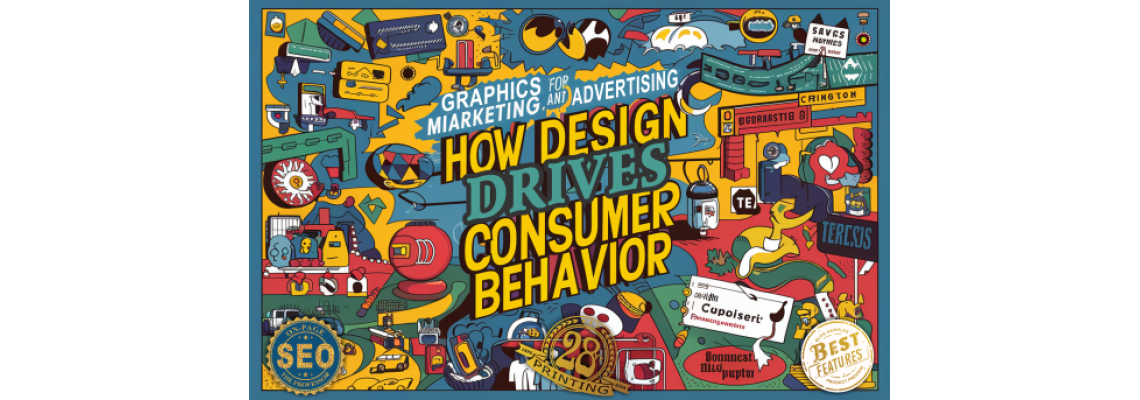

Design plays a crucial role in marketing and advertising by influencing consumer behavior in several key ways. Here are some aspects to consider:
1. Visual Appeal
- First Impressions: An attractive design can capture attention quickly, making consumers more likely to engage with the content.
- Brand Perception: Consistent and well-designed visuals help establish and reinforce brand identity, making a brand more recognizable and trustworthy.
2. Emotional Connection
- Color Psychology: Different colors evoke different emotions. For instance, red can create a sense of urgency, while blue is often associated with trust and calmness.
- Imagery: Photos and illustrations can evoke feelings and memories, helping consumers connect with the product or brand on a personal level.
3. Communication of Information
- Clarity: A well-designed ad clearly conveys its message, making it easier for consumers to understand what is being offered.
- Hierarchy: Good design guides the viewer’s eye to the most important information first, whether it’s a headline, call to action, or key benefit.
4. Usability and Functionality
- Ease of Navigation: In digital marketing, a user-friendly design ensures that consumers can easily find the information they need, leading to a higher likelihood of conversion.
- Interactive Elements: Engaging elements like buttons, sliders, and forms can make the consumer experience more interactive and enjoyable.
5. Psychological Triggers
- Scarcity: Designs that highlight limited-time offers or limited availability can create a sense of urgency.
- Social Proof: Featuring testimonials, reviews, and user-generated content can build trust and encourage new customers to make a purchase.
6. Storytelling
- Narrative: Good design can tell a story that resonates with the target audience, making the marketing message more memorable.
- Consistency: A coherent narrative across all marketing materials strengthens the overall brand message.
7. Cultural Relevance
- Target Audience: Designs that reflect the values, preferences, and trends of the target audience are more likely to resonate and drive action.
- Localization: Adapting design elements to fit different cultural contexts can enhance relevance and effectiveness.
Examples of Effective Design in Marketing
- Nike: Known for its sleek, bold designs that emphasize athleticism and motivation.
- Apple: Utilizes minimalist design to highlight product innovation and premium quality.
- Coca-Cola: Uses nostalgic and heartwarming imagery to evoke a sense of happiness and connection.
Conclusion
Effective design in marketing and advertising is not just about aesthetics; it's about strategically using visual elements to influence consumer behavior. By understanding and applying principles of design, marketers can create more impactful and persuasive campaigns that drive consumer engagement and sales.

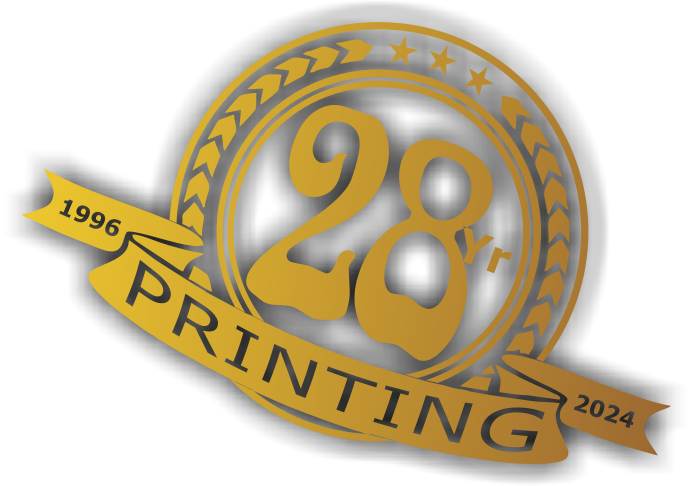 29 years of #TheProfessor
29 years of #TheProfessor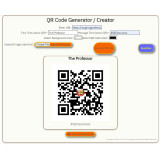
 12% rewards for affiliate members
12% rewards for affiliate members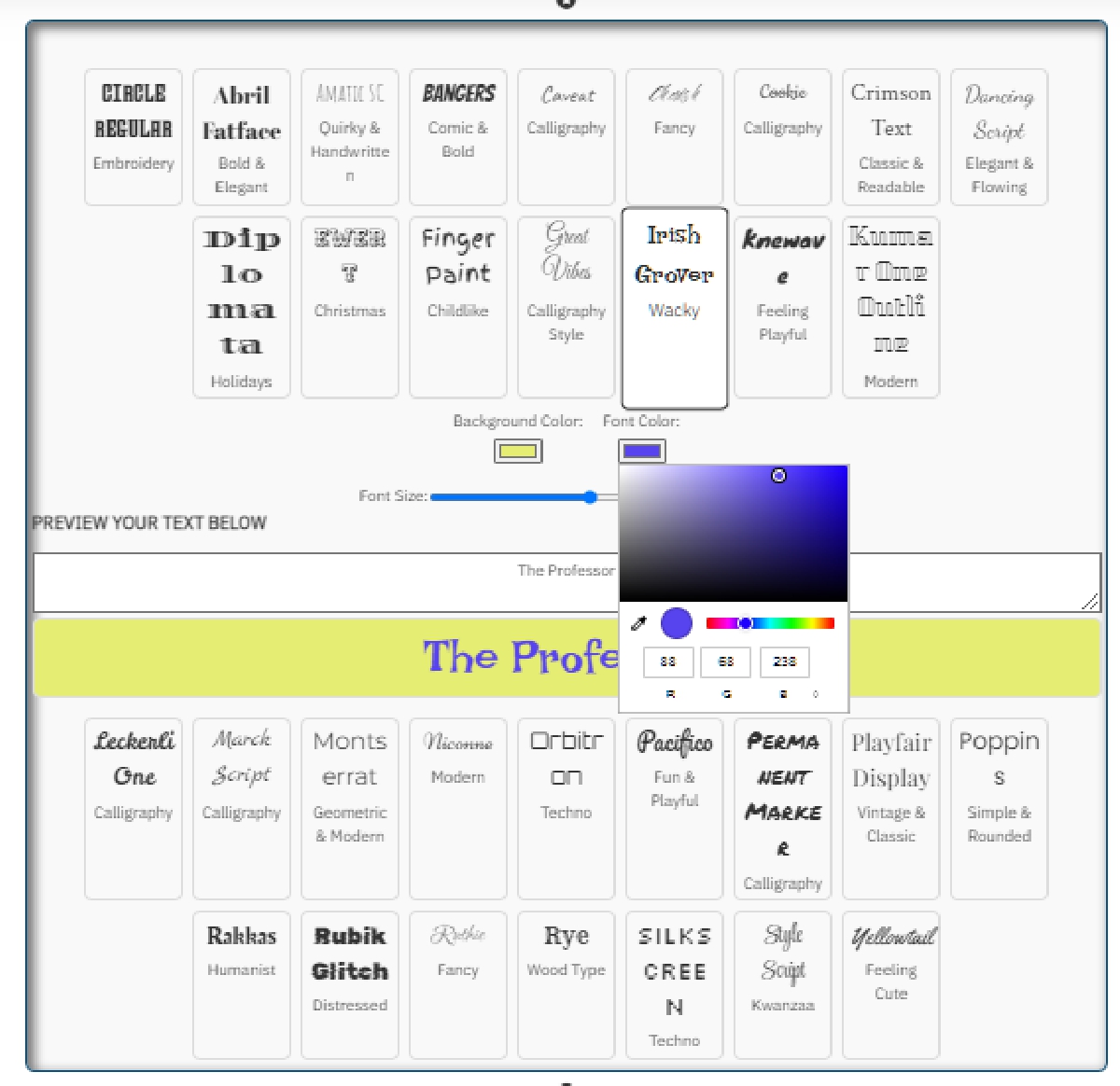
 On-Page SEO Gold Seal
On-Page SEO Gold Seal
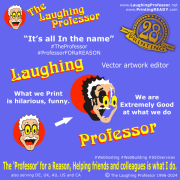
Leave a Comment